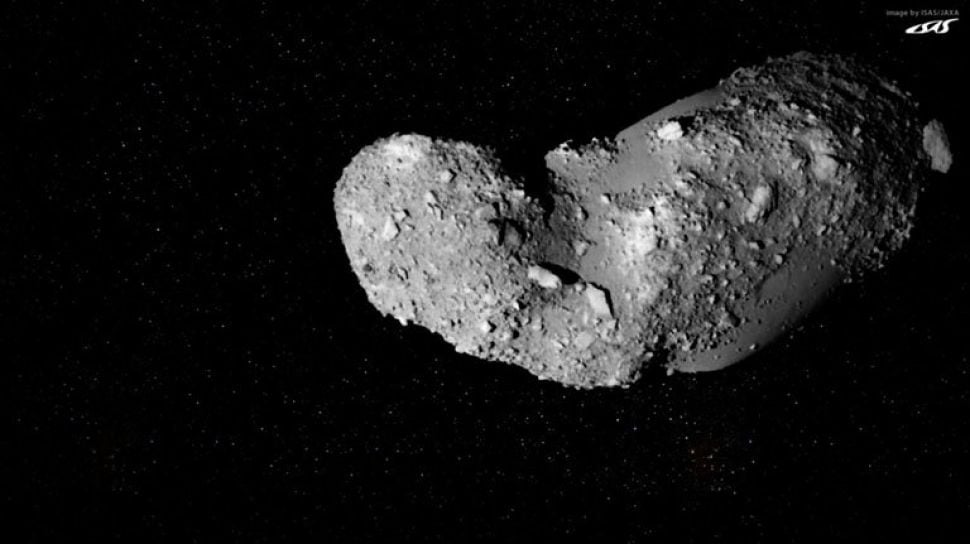Suara.com – Scientists found water and organic matter on the surface of the samples asteroid collected from the solar system. This is the first time such material has been found on an asteroid.
The sample which is only in the form of granules comes from asteroid Itokawa taken by the first Hayabusa mission carried out by the Japan Aerospace Exploration Agency (Jaxa) in 2010.
The samples show water and organic material not from an alien world, but from the asteroid itself.
Scientists from Royal Holloway, University of London, claim that asteroids have evolved over billions of years to include liquid and organic matter in the same way as Earth.
Also Read:
In order to protect the Earth, NASA will launch an asteroid hit mission
The asteroid has been subjected to extreme heat, dehydration and rupture, but manages to reshape and re-hydrate using the ingredients it extracted.
The research also suggests that S-type asteroids or asteroids that most commonly come to Earth could contain components essential to life.
The findings could change information about human knowledge about the history of life on Earth, which previously focused on carbon-rich C-type asteroids.
“The Hayabusa mission aims to return samples from a small, near-Earth asteroid called Itokawa, for detailed analysis in a laboratory on Earth,” said Dr. Queenie Chan, scientist from the Department of Earth Sciences at Royal Holloway, as quoted from Independent, Monday (8/3/2021).
After being studied in great detail by an international team of researchers, an analysis of the sample dubbed the Amazon showed that it had preserved primitive organic material (unheated) and processed (heated) within ten microns.
Also Read:
Scientists Find Evidence of Dinosaur-Destructive Asteroid Dust
The heated organic material indicates that the asteroid has heated up to more than 600 degrees Celsius in the past.
The presence of unheated organic matter is very close to it. In other words, the primitive falling organic material arrived on Itokawa’s surface after the asteroid cooled.
Experts have published the research in journals Scientific Reports dengan judul “Organic matter and water from asteroid Itokawa”.
“This finding is very interesting because it reveals the complex details of the asteroid’s history and how its evolutionary path is very similar to that of a prebiotic Earth,” added Dr. Chan.
![Japanese spacecraft, Hayabusa 2. [AFP/Jiji Press]](https://media.suara.com/pictures/653x366/2019/11/13/48648-wahana-antariksa-milik-jepang-hayabusa-2.jpg)
It is hoped that this sample analysis can become the basis for a more detailed analysis of other samples.
The Hayabusa 2 mission returned samples of the asteroid Ryugu last year and managed to carry space rock that was 38 centimeters in diameter.
Previously, samples from the asteroid Bennu in 2019 also revealed new insights that the rock was older than scientists thought. This again provides a new perspective on how the evolution of the solar system developed.
– .


